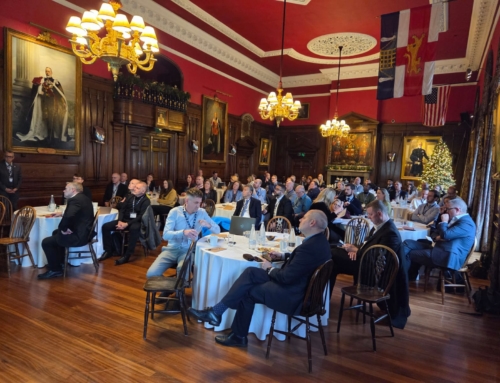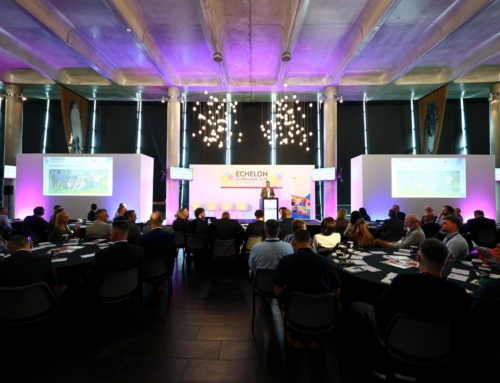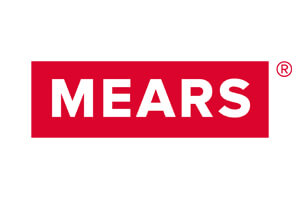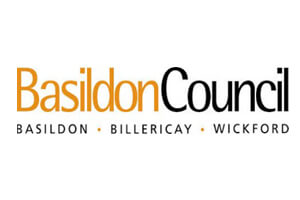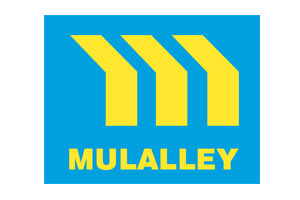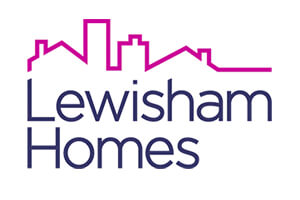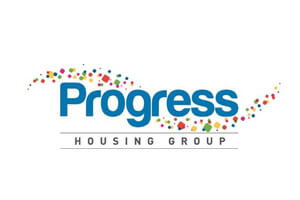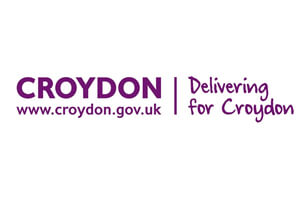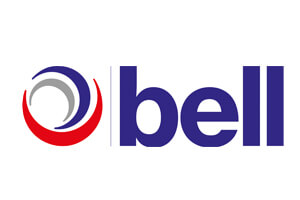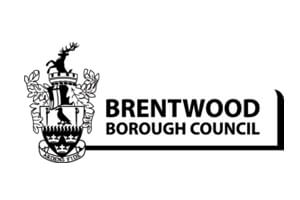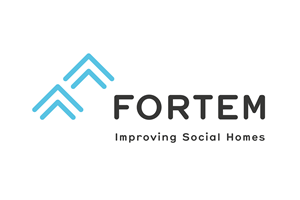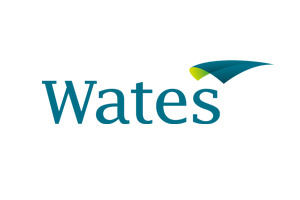Echelon Conference delegates discuss evolving role of Building Safety Regulator
The afternoon of the Echelon Conference started with a lively keynote session Fire Safety First: The evolving role of the Building Safety Regulator, chaired by Tpas Associate and former Chief Fire Officer, Andy Fry OBE.
Aman Sharma MBE, CEO, Totus Digital, Member of the Building Advisory Committee Chair of BSI Committee FSH/0, talked about the importance of cultural change and what can affect it, covering behavioural economics and insights.
You can’t legislate for culture change, he said, talking about choice architecture ,which is the idea that if you’re trying to achieve a very specific objective you create the architecture around you to help achieve that specific and measurable objective.
Applying the concept to Building Safety he asked “how do we sit in front of today’s ministers and say we’re making progress because I don’t think we can yet, until we start treating culture change as something tangible, as something scientific”.

Referencing the Gateway 2 process, he said that people should be more concerned about building safer buildings for residents and those in and around those buildings than in programme. “I will always choose people over programme every day of the week,” he said, “and so should you.”
He talked about the Golden thread concept introduced by Dame Judith Hackitt to underpin the new regime and said that we should be looking to build on that and focusing on having the right people, making the right decisions at the right time and “maybe that will bring us closer to this idea of a new culture. “
Changes at the Building Safety Regulator
Aman was followed by Tim Galloway, Deputy Director for Regime Development and Regulatory Support, Building Safety Regulator (BSR), who talked through the changes at the BSR.
He explained that the BSR will be separated from the Health and Safety Executive and placed in new Arm’s Length Body, chaired by former commissioner of London Fire Brigade (LFB), Andy Roe, with the LFB’s current Deputy Commissioner Charlie Pugsley as CEO.
He explained that three building control teams: New Build, Remediation and Refurbishment have been created.

An Innovation Unit is piloting a different model for multi-disciplinary teams in new-build, he said, but securing registered building inspectors remains difficult.
He said that while the Building and Fire Safety Act demands a higher level of scrutiny for taller buildings and creates new duties for key players for all building work in all buildings , the functional requirements of the building regulations have not changed.
He also focused on the balance between government/regulator leadership and industry/sectoral leadership?
Frontline reality of new regime
Holly Watson, Associate Director of Safety Management, Frankham RMS, talked about the frontline reality of the new regime, outlining about some of the common mistakes that organisations make in the gateway and emergency work processes, and said that greater understanding is needed as to what constitutes emergency works.
She explored Building Safety Case reports from both the regulator and client viewpoints and said that clarity is needed around what work requires a gateway.
She said that legislation is a result of the industry not taking accountability and posed questions around if the sector is still trying to avoid it.
Clear guidance is out there, she said, and finding the process inconvenient doesn’t mean to you try to avoid it.
She also said that the sector needs to accept the new way of working and be willing to do better.

The presentations were followed by an open forum discussion led by Andy, bringing in questions from the audience, including:
- Should defects like non-compliant fire doors and missing firestopping that are picked up on FRAs be treated as maintenance or require building control approval and must we inform the regulator about them?
- Can you clarify if projects on occupied HRBs, like fire door replacement and fire stopping should submit a Gateway 2 application or be handled under the occupied building regime and building control approval?
- How do you think retrofit works within the BSR? There are conflicting government targets with both. Does that also contribute to varied and difficult culture with conflicting priorities?
- The Government’s shake up of the Building Safety Regulator (BSR) promises to improve sector efficiency while prioritising resident safety but will it be able to put a stop to the delays impacting the Gateway Two process? This session explores what the new regime will look like and asks if it is enough to restore industry confidence?
The discussion raised some big questions around quantifying and legislating for culture change.
It was acknowledged while clarity and guidance are important, the industry itself must take some responsibility, and real progress depends on industry and regulation working together for the long-term benefit of all.
Read more about the other afternoon sessions here.



